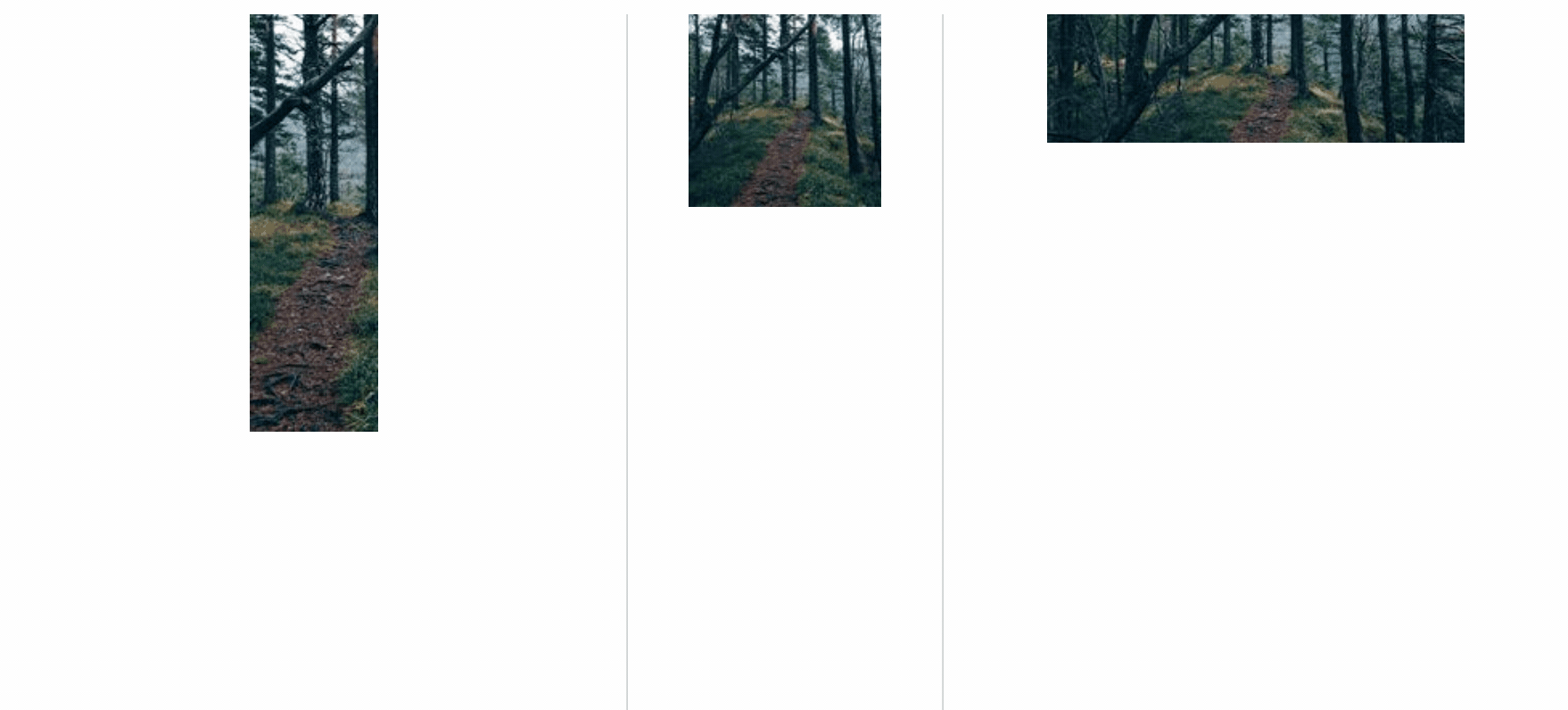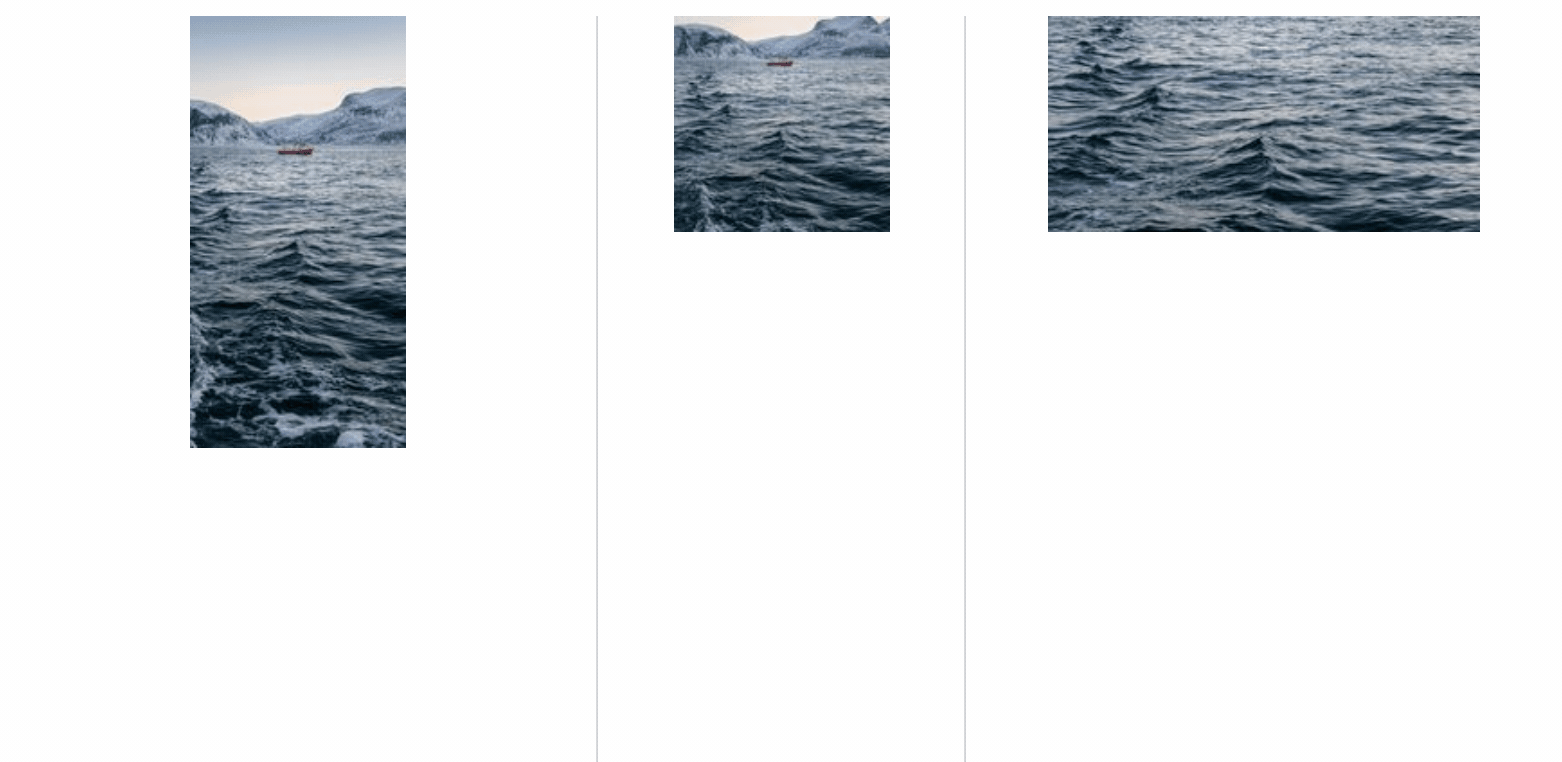Image Labeler
image-labeler provides autosuggested labels for images or video. It relies on a Neural Network performing inference in the browser to calculate suggestions.
It was originally developed for the book Deep Learning With Javascript.
A demo is forthcoming.
Table of Contents
Getting Started
Via script tag
You can use image-labeler via a <script /> tag:
<html>
<head>
<script src="https://cdn.jsdelivr.net/npm/@tensorflow/tfjs@0.15.1/dist/tf.min.js"></script>
<script src="https://cdn.jsdelivr.net/npm/image-labeler/dist/index.umd.min.js"></script>
<script>
const imageLabeler = new ImageLabeler();
imageLabeler.label('https://imgur.com/some-image').then(suggestions => {
console.log(suggestions);
// ['one', 'two', 'three'];
});
</script>
</head>
</html>
Via ES6
Install with:
// npm
npm install image-labeler
// yarn
yarn add image-labeler
import ImageLabeler from 'image-labeler';
const imageLabeler = new ImageLabeler();
imageLabeler.label('https://imgur.com/some-image').then(suggestions => {
console.log(suggestions);
// ['one', 'two', 'three'];
});
Usage
image-labeler relies on Tensorflow.js, a Deep Learning framework released by Google. Currently only browser-based use cases are supported.
Labels
By default, image-labeler uses MobileNet, a pretrained model developed and released by Google. It's fast and runs well in the browser, and is trained on ImageNet, a large corpus of images with 1000 labels. The original labels are stored as a JSON file, but image-labeler uses a set of simplied labels put together by @anishathalye.
The ImageNet labels are fairly literal:
...
"candle",
"cannon",
"canoe",
"can opener",
"cardigan",
"car mirror",
"carousel",
...
If literal labels fit your use case, then the defaults will work fine. If you wish to provide more descriptive labels, you can provide your own model and labels trained on your own dataset.
For assistance training a pretrained model, see ml-classifier, a tool for tuning MobileNet with custom categories and labels in your browser.
CORS
You may see security errors when loading image srcs from the Internet. This often is due to CORS.
Browsers apply strict rules regarding cross-origin data accessible via <canvas />. image-labeler relies on the getPixels method of Tensorflow.js, which in turn relies on the <canvas /> element.
The easiest way around CORS issues is to host the images yourself, and access them via your own domain with your own CORS policy.
A second option is to rely on a CORS-friendly image hosting service. At the time of this writing, Imgur has a fairly liberal CORS policy for accessing their images.
A third option is to use a proxy server for routing, such as CORS Anywhere. I don't recommend this method for production services, as it relies on a third party not shutting off access, but for quick prototyping it's an option.
Filters
image-labeler uses an innovation borrowed from YOLO to increase the amount of image data and increase the granularity with which predictions are made.
Incoming images are divided into pieces, based on the size of the Neural Network's input layer. Let's say you're leveraging the default MobileNet Neural Network. The pieces will be:

image-labeler will calculate the minimum size and slide a filter over the entirety of a non-square image until all of the image is processed. Any remainder of an image is merged with what comes before to construct a full image:

You can change the filter size. Here we specify a 50% filter size:

Using filters increases the amount of granularity we can apply to an image, and avoids the loss of any information due to cropping. Labels are returned by confidence in prediction.
You specify filters by passing an array of floats in the form of [1, 0.5, 0.25].
Filters that don't cleanly add up to 100% are treated like remainders, above. Here is an example of a filter of [0.4]:

API
constructor
Initializes the component. Accepts a single argument, options, an object with the following properties:
modelSettings(optional) - A pretrained model URL and labels JSON file, in the form of{ url: 'https://...', labels: { 0: 'melancholy', 1: 'uplifting' ...} }.numberOfLabels(optional) - The number of labels to return. Defaults to 5.filters(optional) - The number of filters to use. Defaults to 2 for images greater than 100 pixels.includeConfidence(optional) - Whether to include confidence scores for each label or not. Defaults to false.
Example
new ImageLabeler({
numberOfLabels: 5,
filters: 2,
includeConfidence: true,
});
configure
Same function as initialize above, but can be called to update options are instantiation.
Example
const imageLabeler = new ImageLabeler();
imageLabeler.configure({
numberOfLabels: 5,
filters: 2,
includeConfidence: true,
});
label
Returns a list of labels for an image or a list of images.
images- Accepts a single image or a list of images. Can be a string (the URL to an image), a Blob, an HTMLImageElement, an HTMLVideoElement, a Tensor of pixels, or an array of any of the above.callback- A callback called with the result oflabels. First argument to the callback is error (which is null if no error), and the second argument is thelabels`.options- Options, as defined on the constructor.
Returns
If no callback is specified, returns a Promise that resolves to labels.
['one', 'two', 'three']
If includeConfidence is true, labels is made up of objects including the label and its confidence:
[{ label: 'one', confidence: 0.9 }, { label: 'two', confidence: 0.8 }]
Example
// pass an image
imageClassifier.label('foo').then(labels => {
console.log(labels);
});
// pass an image and a callback as the second argument.
// in this case, no promise is returned.
imageClassifier.label('foo', (err, labels) => {
if (err) {
throw new Error(err);
}
console.log(labels);
});
// pass an image and an options object as the second argument
imageClassifier.label('foo', {
labels: 10,
}).then(labels => {
console.log(labels);
});
// pass an image, a callback, and an options object as the second argument
imageClassifier.label('foo', (err, labels) => {
if (err) {
throw new Error(err);
}
console.log(labels);
}, {
labels: 10,
});
label label the image .accepts string html image or video and either a callback or options or both .
options can include the number of labels to return (0 is all), and how many filters to utilize. also includeConfidence
Filters
a gif about how filters work
Tests
Versioning
We use SemVer for versioning. For the versions available, see the tags on this repository.
Contributing
Please read CONTRIBUTING.md for details on our code of conduct, and the process for submitting pull requests to us.
Author
See also the list of contributors who participated in this project.
License
This project is licensed under the MIT License - see the LICENSE file for details
Acknowledgments
This package leverages tensorflow.js and MobileNet, both released by Google.
This uses labels from imagenet-simple-labels for cleaner labels from ImageNet.

